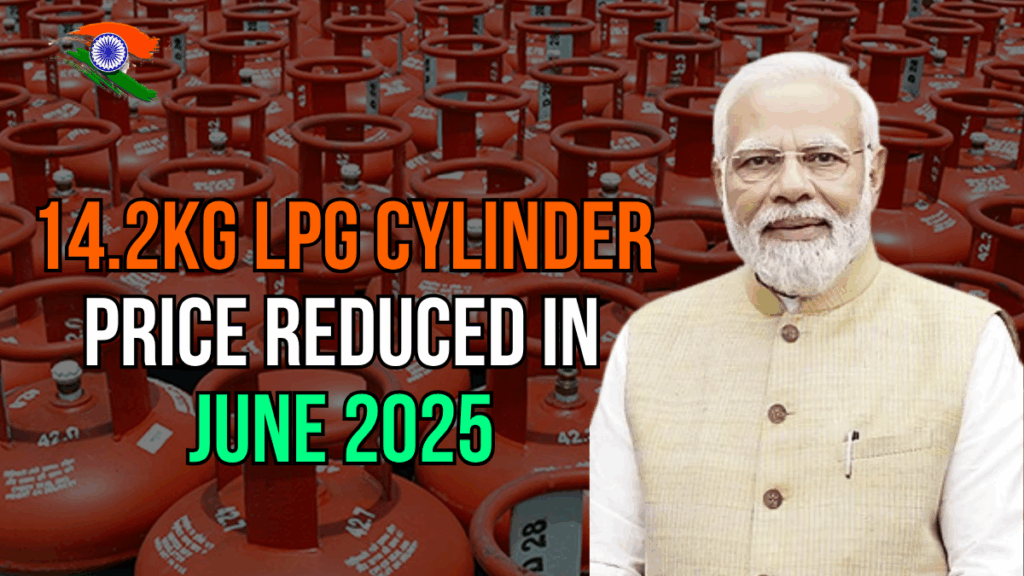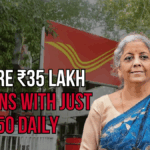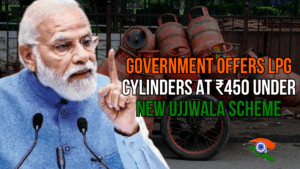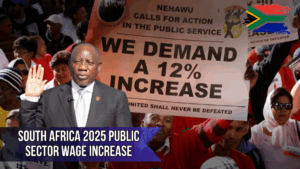In a significant move aimed at alleviating the financial burden on households, the Indian government has implemented a noteworthy reduction in the price of 14.2KG LPG cylinders. This strategic decision, effective immediately, brings much-needed relief to millions of Indian families who depend on LPG for their daily cooking needs. The new rate not only serves as a boon for domestic consumers but also reinforces the government’s commitment to ensuring accessible and affordable energy for all.
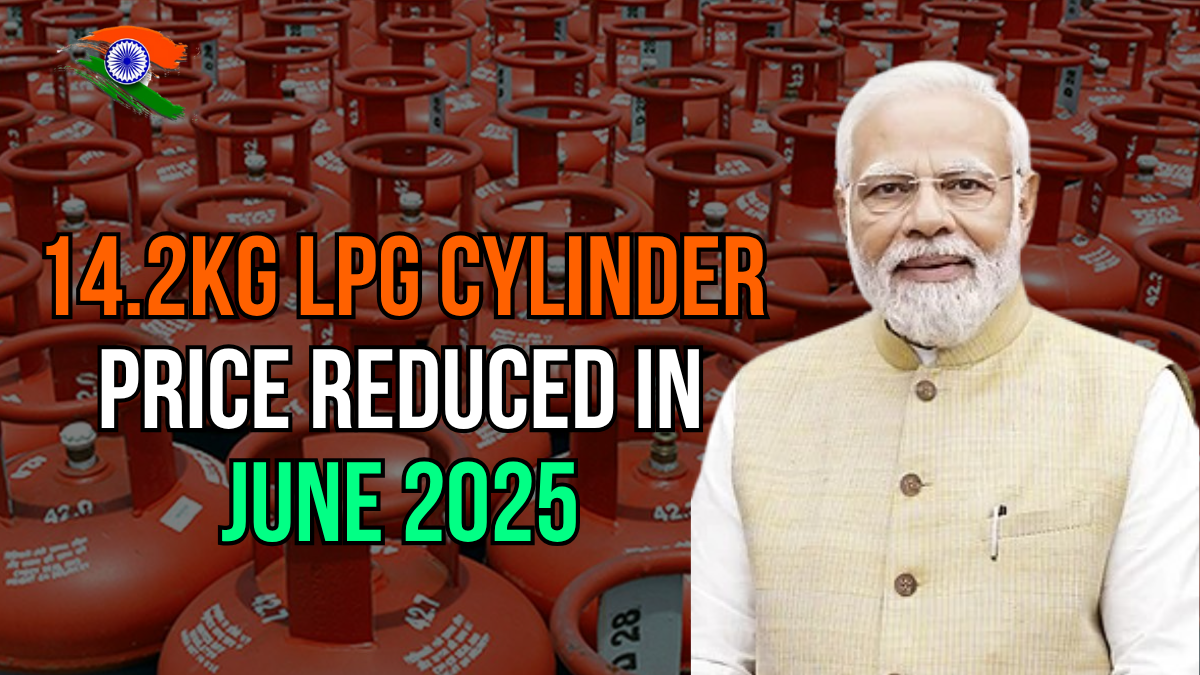
Summary Table: 14.2KG LPG Gas Rate in India
Topic |
Details |
|---|---|
Policy Change |
Reduction in price of 14.2KG LPG gas cylinder |
Purpose |
To reduce household financial burden and promote cleaner energy usage |
Beneficiaries |
Over 20 million Indian households |
New LPG Cylinder Price |
Varies by city (Approx. ₹800–₹850) |
Old LPG Cylinder Price |
Approx. ₹900–₹950 |
Average Reduction |
₹100 (Approx. 10.5%–11.1% cut) |
Effective Duration |
At least 6 months |
Government Goal |
Inflation control, energy access, and clean fuel promotion |
Official LPG Portal |
LPG Price Reduction: A Timely Intervention
The Indian government’s decision to cut LPG prices arrives at a crucial juncture. With rising food and fuel inflation, household budgets have been strained across the nation. The new LPG pricing policy is expected to ease the financial load, particularly for low- and middle-income families.
This initiative is part of a broader economic strategy aimed at:
- Managing inflation
- Stimulating consumer spending
- Supporting low-income and rural households
- Promoting cleaner energy and reducing environmental impact
Revised LPG Cylinder Prices in Major Cities
City |
Old Price (₹) |
New Price (₹) |
Reduction (₹) |
Percentage Cut |
|---|---|---|---|---|
Delhi |
900 |
800 |
100 |
11.1% |
Mumbai |
920 |
820 |
100 |
10.9% |
Kolkata |
940 |
840 |
100 |
10.6% |
Chennai |
950 |
850 |
100 |
10.5% |
Bangalore |
930 |
830 |
100 |
10.8% |
Hyderabad |
945 |
845 |
100 |
10.6% |
Ahmedabad |
915 |
815 |
100 |
10.9% |
Pune |
925 |
825 |
100 |
10.8% |
Impact on Indian Households
Financial Relief
The reduced LPG rate translates to direct savings for households. A ₹100 reduction per cylinder, used at least once or twice a month, adds up to significant annual savings, especially for lower-income families.
Reallocation of Household Budgets
The savings from fuel expenses can be redirected towards other essential needs:
- Children’s education
- Medical expenses
- Nutritional food
- Small investments or savings
Empowering Rural India
Rural households often rely on traditional cooking methods like wood or coal. These are not only inefficient but also pose serious health risks due to indoor pollution. The price cut is expected to incentivize rural communities to switch to LPG, thereby:
- Improving indoor air quality
- Reducing health hazards
- Lowering the carbon footprint
Government Strategies to Maintain Price Stability
The government is adopting a multi-pronged strategy to ensure that LPG prices remain stable despite global market volatility:
- Monitoring International Oil Prices
Regular review of global crude oil trends helps in timely adjustments to domestic pricing. - Strategic Reserves
Leveraging strategic petroleum and LPG reserves ensures uninterrupted supply even during global crises. - Subsidy Extension
Direct benefit transfers (DBT) to eligible households help shield the economically weaker sections. - Boosting Domestic Production
Encouraging local LPG production to reduce dependency on volatile international markets.
Future Outlook for LPG Pricing in India
The future of LPG pricing in India will hinge on a combination of economic policies, technological innovation, and geopolitical factors.
1. Domestic Production Initiatives
Expanding local production capacities is expected to:
- Reduce import costs
- Ensure long-term price stability
- Create employment in energy sectors
2. Technological Integration
With the adoption of IoT and smart metering systems:
- Delivery logistics will become more efficient
- Consumers can track consumption and refills
- Better planning of national LPG requirements
3. Policy and Regulatory Reforms
The government will continue to:
- Evaluate and fine-tune the subsidy framework
- Introduce policy changes to meet Sustainable Development Goals (SDGs)
- Collaborate with private players to enhance delivery networks
Challenges in Implementation
Despite the positive intent, some critical challenges persist in the rollout of reduced LPG prices.
Factor |
Impact |
Mitigation Strategy |
Current Status |
Future Plans |
|---|---|---|---|---|
Distribution |
High cost, uneven supply |
Infrastructure development |
Ongoing |
Expanding supply chains |
Subsidy Management |
Budgetary pressure |
Targeted subsidy programs |
Implemented |
Periodic review |
Market Volatility |
Risk of international price hikes |
Strategic reserves |
Active |
Increase storage capacity |
Consumer Awareness |
Low LPG adoption in rural regions |
Public awareness campaigns |
Initiated |
Broader outreach |
Consumer Benefits: A Closer Look
- Financial Savings
Regular users of LPG cylinders can save ₹1200 annually, which can make a big difference for middle- and lower-income groups. - Better Standard of Living
Reduced expenditure on fuel allows families to improve living conditions and invest in essentials. - Environmental Sustainability
Transitioning from traditional fuels to LPG reduces deforestation and air pollution. - Health Benefits
LPG stoves emit significantly fewer pollutants compared to biomass, improving respiratory health, especially among women and children. - Boost to the Economy
With more disposable income, consumer spending can rise, giving a push to local businesses and services.
Frequently Asked Questions (FAQs)
Q1: What is the new price of a 14.2KG LPG cylinder?
A. The new price ranges from ₹800 to ₹850 depending on the city, reflecting a uniform ₹100 reduction across major metro cities.
Q2: How long will the reduced price remain in effect?
A. The government aims to maintain this revised rate for at least six months, with further reviews based on economic conditions.
Q3: Will subsidies still be available with the reduced price?
A. Yes, eligible households will continue to receive subsidies through Direct Benefit Transfer (DBT) in addition to the price cut.
Q4: How will rural areas benefit from this price reduction?
A. Lower prices will encourage rural adoption of LPG, replacing polluting traditional cooking methods and improving health outcomes.
Q5: Where can I check my LPG booking status or apply for a new connection?
A. You can visit the official LPG portal: https://www.mylpg.in
Q6: Are these price reductions applicable to commercial LPG cylinders?
A. No, the current price cuts are only applicable to domestic 14.2KG LPG cylinders.
Conclusion
The Indian government’s decision to reduce LPG cylinder prices is a strategic and compassionate response to the economic pressures faced by its citizens. It aligns with broader goals of promoting clean energy, enhancing public welfare, and ensuring inclusive growth. While challenges remain, particularly in distribution and subsidy management, the long-term benefits—economic, environmental, and social—are substantial. With continued commitment and smart execution, this initiative could pave the way for a more energy-secure and economically resilient India.
For More Information Click Here

